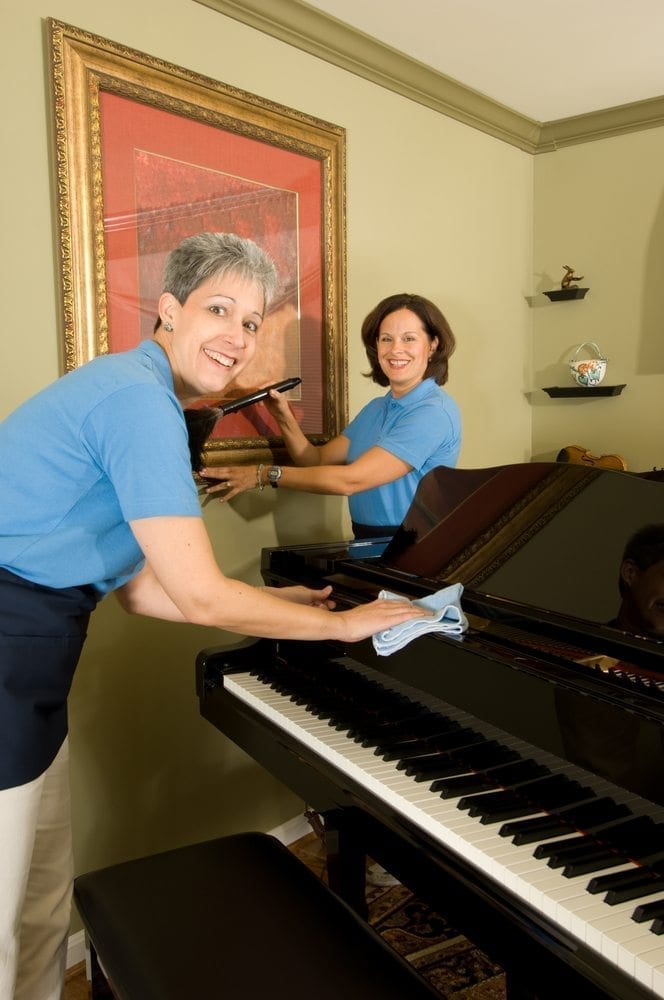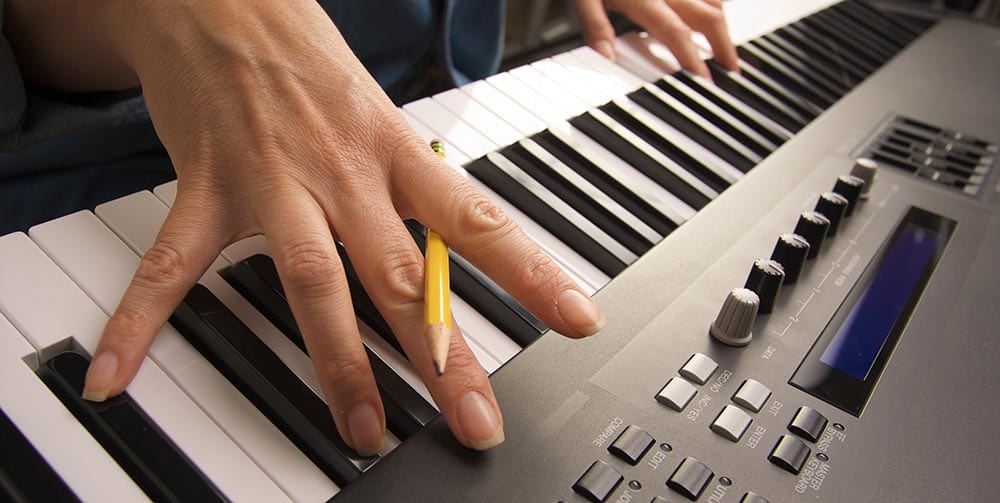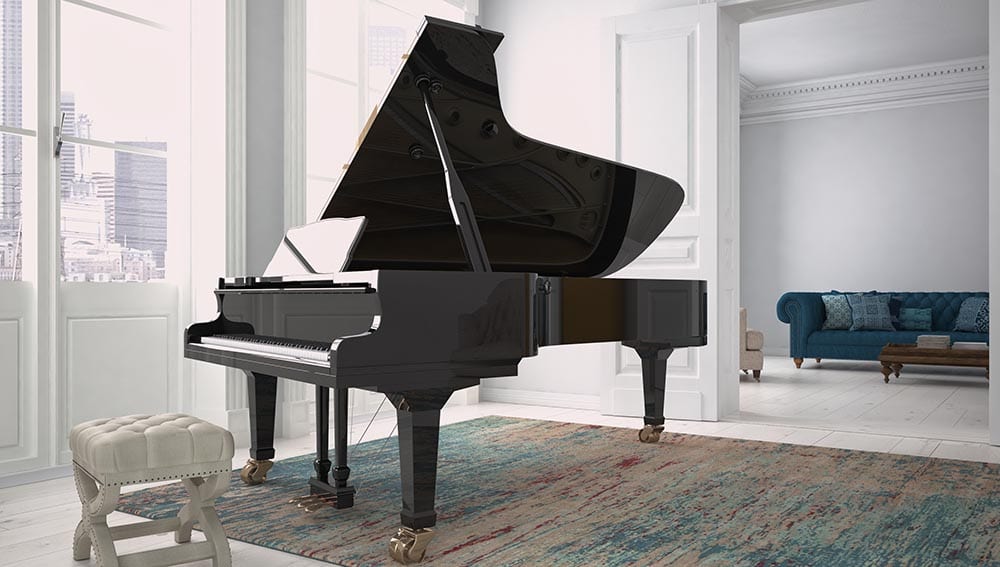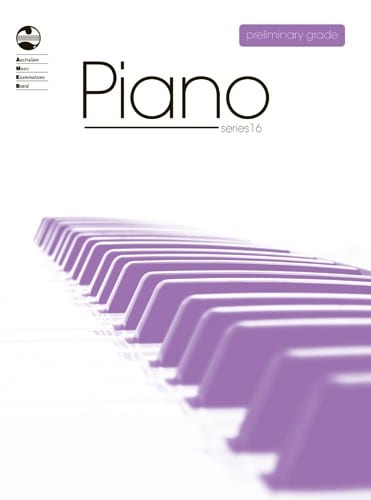How Do You Clean a Piano?
Pianos require a lot of care to retain their value and quality. They are generally quite expensive and delicate, but can last a lifetime with proper care. This includes regular professional servicing as well as general cleaning.
Cleaning a piano is not hard to do, but it’s important you know what to do in order to avoid damaging the finish, or any other part of the piano. Here are a few of our piano cleaning tips.
Dusting Your Piano
Dust is abrasive and can scratch the finish if wiped off with a dry cloth. To avoid damaging the finish, lightly dust the piano with a feather duster or use a soft damp cloth to pick up the dust, followed by a dry cloth.
Cloths should ideally be made of soft cotton, as courser synthetic fabrics can scratch the finish. Make sure you wring out the damp cloth so it leaves no visible moisture on the piano. Wipe with long straight strokes rather than circular motions. This avoids creating swirl marks. If your piano has a natural wooden finish, wipe with the direction of the grain.
General Cleaning
To remove fingerprints and smudges, use the dusting method with damp/dry cloths as above. If further cleaning is needed, dampen the cloth with warm water and a very mild soapy solution and gently wipe away the stains, following it with a cloth dampened in clean water. If you really want to play it safe use filtered water, as minerals present in tap water can affect the appearance of the finish.
Remember to always follow damp cloths with a dry one and to dampen cloths as lightly as possible to avoid excess water falling between the keys. Never spray products directly on your piano and keep all strong chemicals and cleaners far away.
To help keep you piano clean and well maintained, always play it with clean hands and avoid placing anything on top of it. Never try to clean the inside of your piano. The exposed parts inside are very fragile and the natural oils from your fingers can leave damaging residue on them. Let a professional take care of the interior cleaning during regular piano tuning and maintenance.
Polishing
Before you polish your piano, make sure it is actually necessary and beneficial. It is very easy to damage the finish and contaminate other components of the instrument if you use the wrong polish and aren’t careful. Things to avoid include alcohol-based polish, lemon oil, and silicone based products.
If you do want to polish, you need to find out whether your piano has a polymer or lacquer finish. Polymer generally has a glossy, shiny look, whereas lacquer has a matte look. Ask your manufacturer or local piano expert what finish your piano has if you’re not sure.
For a lacquer finish, rub in a small amount of high-quality furniture polish using a soft, lint-free cloth. Be delicate with corners and edges and make sure you wipe away any excess polish using a clean cloth. Polymer is a lot tougher and more scratch resistant than lacquer and doesn’t need polish. You can achieve a polished look just from general cleaning with a damp and dry cloth.
Pianoforte has a team of experts who can clean the delicate interior of your piano during regular tunings. Contact our team today for top quality piano services and expert advice about piano cleaning and maintenance, or visit one of our three showrooms in Sydney.



 January 20, 2017
January 20, 2017




